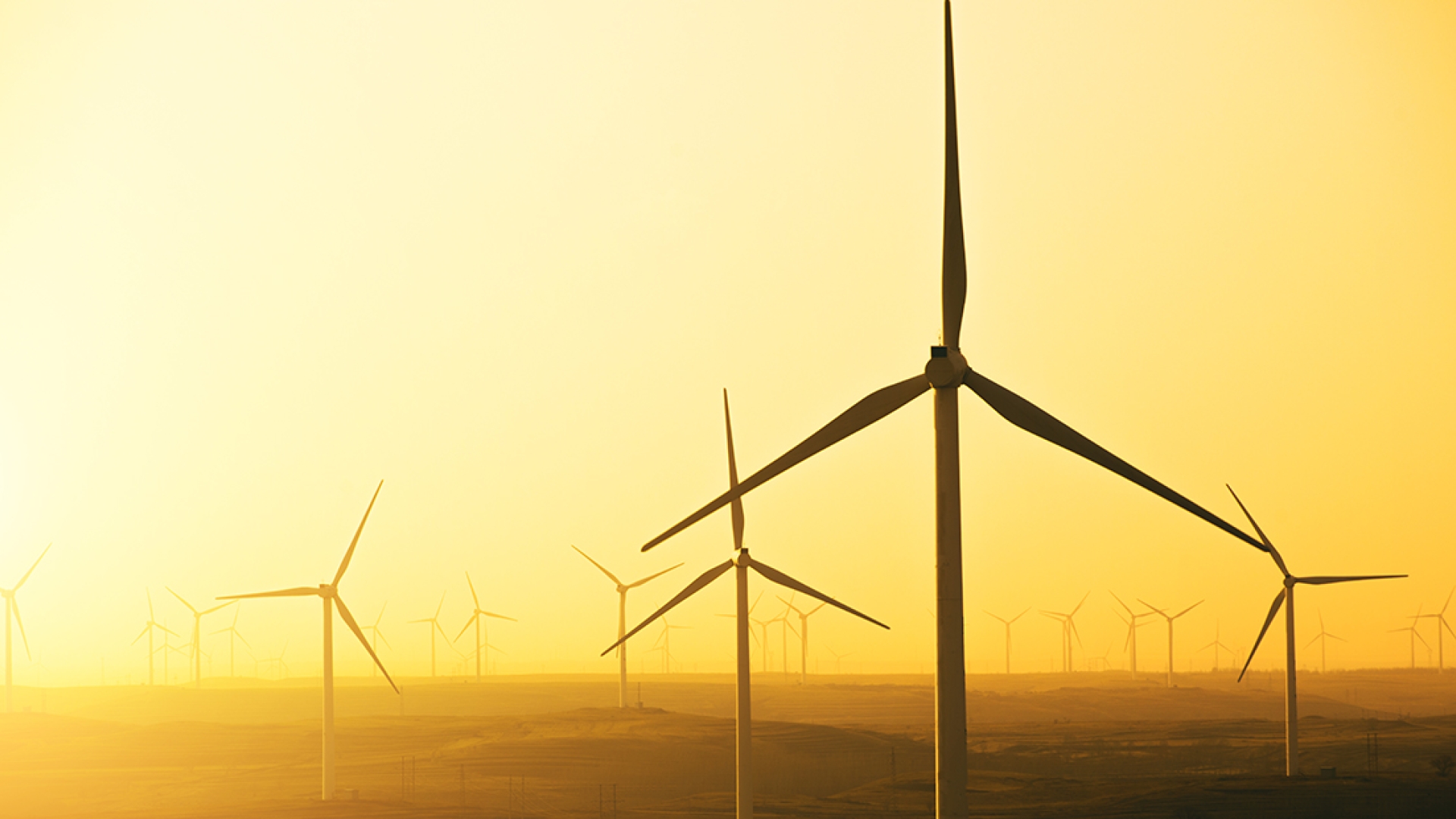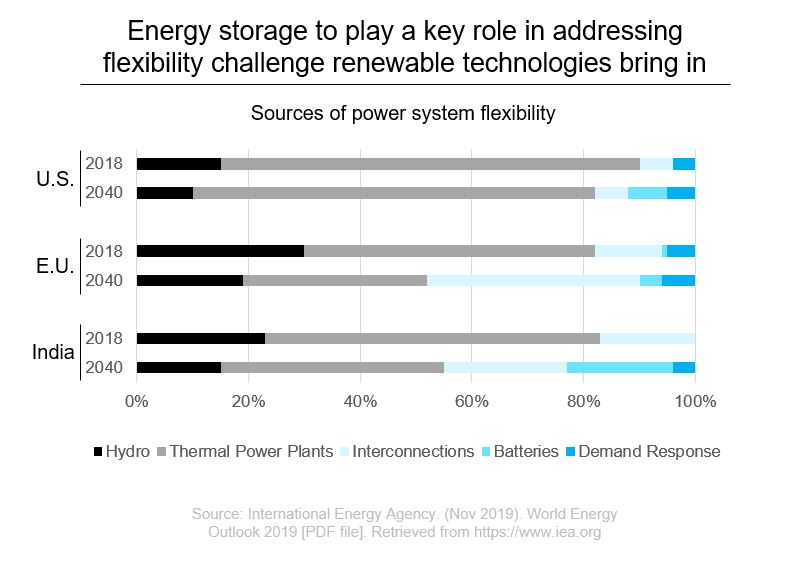Energy IQ: Five insights into the future of energy for energy consultants – Part II
By Aytek Yuksel, Content Marketing Leader - Power Systems

The International Energy Agency’s annual World Energy Outlook aims to deepen our understanding of the future of energy. With this two-part series blog post, you can digest the insights most relevant to energy consultants when it comes to the future of energy. Part I of this blog post was themed how the pace of growth in electricity use will vary from energy demand, and the two technologies that are forecasted to make the biggest gains in levelized cost of electricity. Part II highlights three additional insights for energy consultants.
No. #3: There are two sides of the scalability story for renewables
The installed base of solar photovoltaic (PV) has grown over the recent years, and forecasted to account for more installed capacity than any other energy source by 2040. Meanwhile, scaling up solar PV results in more electricity produced around the same time of the day in a given region. This could be interpreted as decreasing the value of additional electricity production, as the solar PV installed capacity increases (according to Hirth), unless there is enough installed base of energy storage batteries to re-deploy electricity produced for another time of the day.
On the other hand, offshore wind becomes the star performer when it comes to scalability, thanks to its high average annual capacity factor. Offshore wind’s annual average capacity factor is already comparable to gas-fired power plants in many regions and better than other variable renewables. This means the growth in installed base in offshore wind wouldn’t result in diminishing value of electricity output.
No. #4: Demand for power infrastructure flexibility grows faster than the demand for electricity
Renewable technologies bring astonishing benefits in terms of zero carbon emissions, but also introduce the challenge of flexibility. The continually increasing share of renewables in our energy infrastructure translates into increasing share of variable electricity generation. Meanwhile, consumers are increasingly using electricity for cooling and to fuel their cars, changing the electricity demand profile. A combination of these two results in an increased need for power system flexibility.
While traditional power plants and interconnections will continue to be key levers to deliver flexibility, energy Storage batteries are projected to be the rising star in solving this flexibility challenge, thanks to advancements in battery technologies and decreasing costs. It is estimated that there will be a 40-fold increase in in battery storage capacity by 2040, increasing faster than almost every other mainstream technology.
No. #5: Fossil fuels continue to receive higher subsidies than renewables
Subsidies have been instrumental in making renewables a financially viable energy technology, and contributed to the growth in the installed base of renewables. Subsidies, whether for renewables or for fossil fuel, make access to energy more affordable for larger portions of the world’s population when applied effectively.
In 2018, renewables received just under 200 billion dollars of subsidies, while fossil fuel consumption received over 400 billion dollars of subsidies. It is also important to highlight that subsidies for renewables have been in a continued increase while the subsidies for fossil fuels remained the same compared to a decade ago.
With the rapid changes in the energy markets, new insights emerge continuously. Energy consultants are best positioned to process these insights and help their customers and partners build energy management strategies to best fit their business. This article aimed to provide you with a few of these key insights.
Sign up below for Energy IQ to periodically receive relevant insights and trends about energy and electricity sectors. To learn more about distributed generation solutions Cummins Inc. offers, visit our webpage.
Think your friends and colleagues would like this content? Share on LinkedIn and Facebook.
Author Profiles

Aytek Yuksel, Content Marketing Leader - Power Systems
Aytek is a marketing leader at Cummins, focusing on technology and thought leadership. Since joining in 2008, he has held various marketing roles and now shares insights on markets, technologies, and energy transition. Aytek lives in Minneapolis with his wife and two kids.
Related Tags